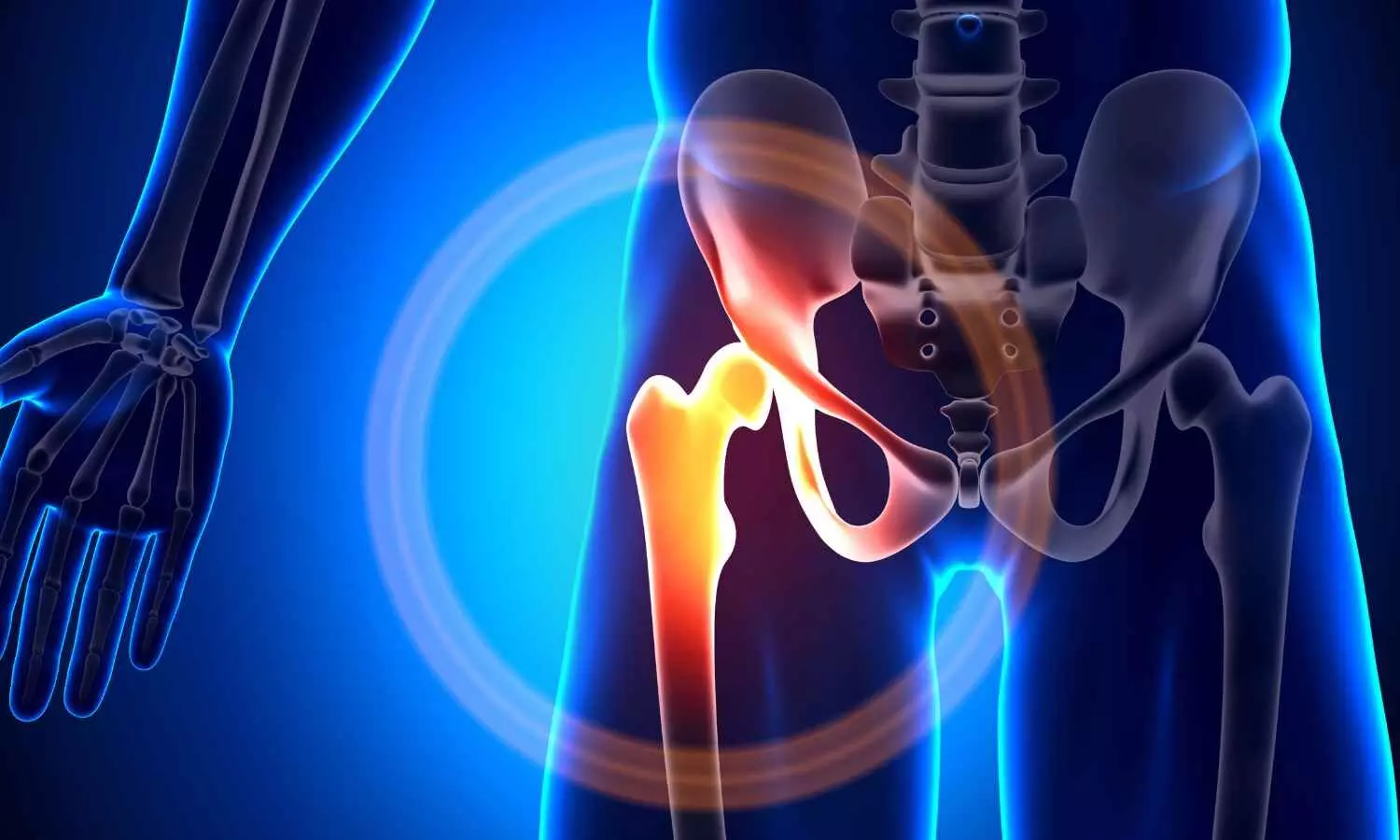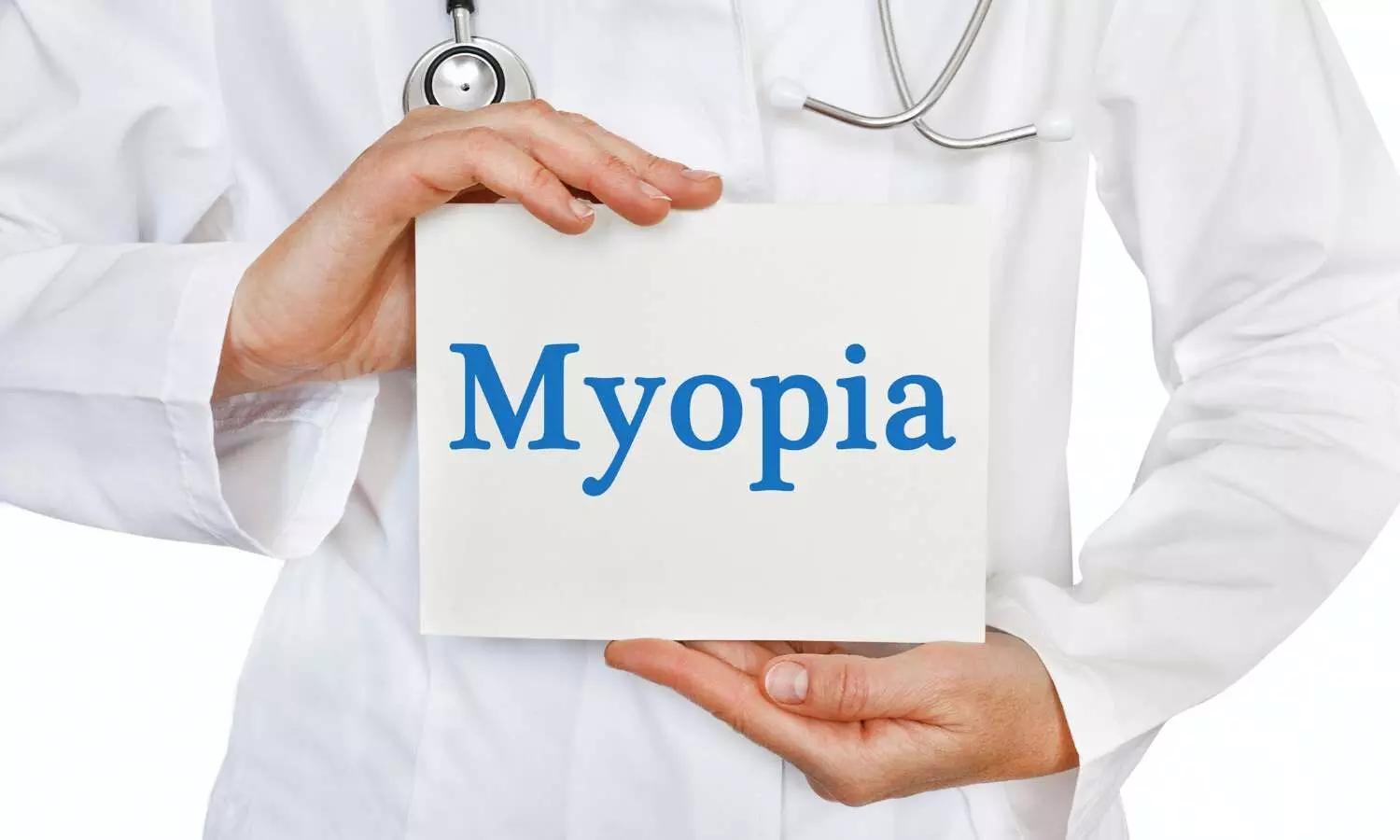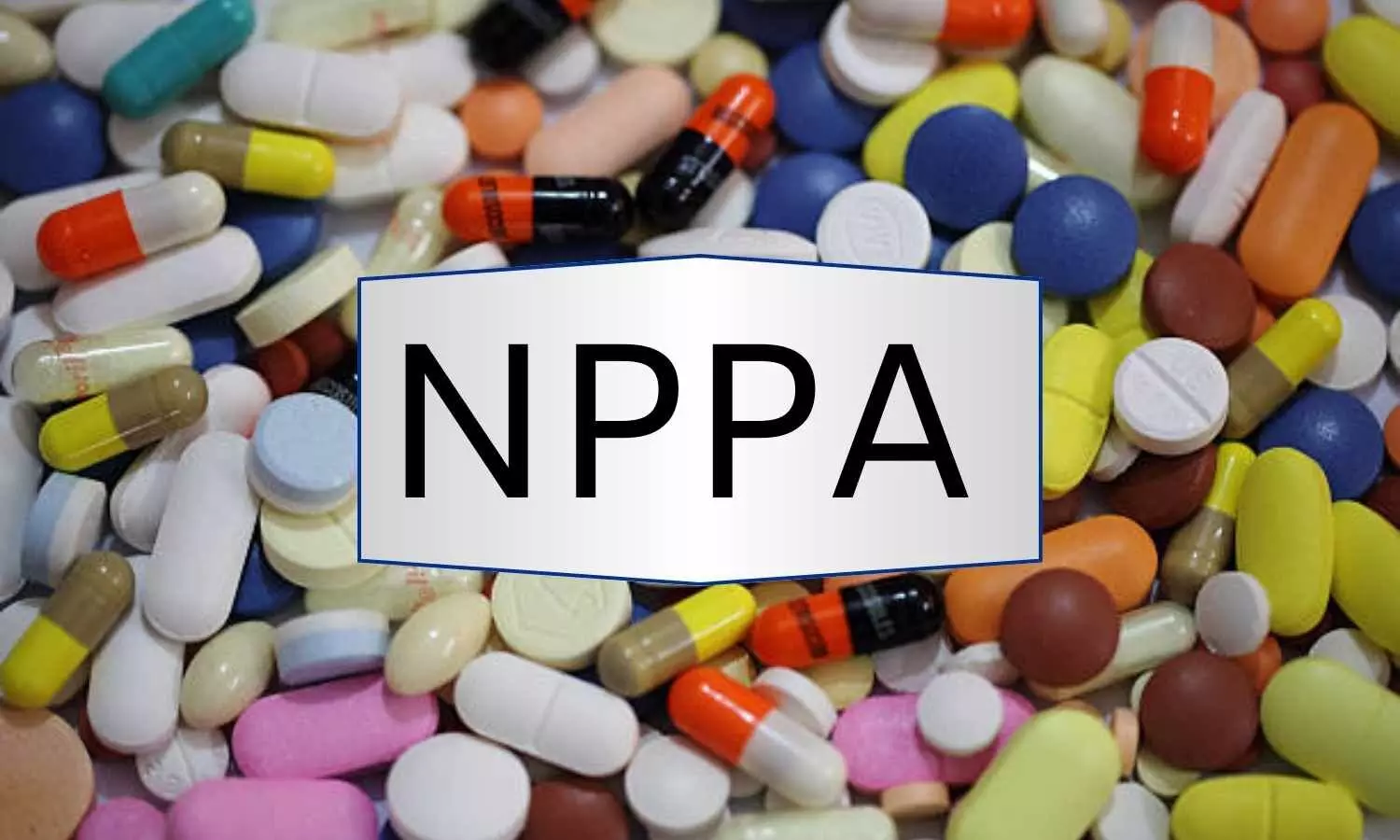Baricitinib and UV-B phototherapy combination effective against severe vitiligo, reveals research

A recent clinical trial found that combining the oral medication baricitinib with narrowband UV-B light therapy significantly improves outcomes for adults with severe and active nonsegmental vitiligo. The findings were published in the recent issue of Journal of American Medical Association.
The study was conducted at 4 dermatology centers between July 2021 and April 2023, by including patients with this chronic autoimmune disorder that leads to skin depigmentation and diminished quality of life (QOL). This randomized, double-blind clinical trial evaluated a total of 49 adult participants with extensive and active vitiligo.
The patients were assigned in a 3:1 ratio to receive either baricitinib (4 mg daily) or a placebo. During the first 12 weeks, patients received the oral treatment alone, followed by the addition of narrowband UV-B therapy twice weekly from weeks 12 to 36. The primary measure of this study was to assess the percentage improvement in total Vitiligo Area Scoring Index (VASI) scores over the 36-week trial period. The study also examined changes in disease activity, quality of life, and potential adverse effects.
The outcomes found that the group receiving baricitinib and UV-B therapy achieved a mean VASI improvement of 44.8% when compared to their baseline scores. This was significantly greater than the placebo group, which only showed a 9.2% improvement. Also, patients in the treatment group experienced improved quality of life and reduced disease activity, with no significant increase in adverse effects when compared to placebo.
Despite the mean improvement in VASI for the treatment group (44.8%) narrowly exceeding the threshold of 42.9% previously observed with UV-B therapy alone, post hoc analyses further emphasized the benefits of this treatment. Specifically, the baricitinib-plus-UV-B group outperformed the placebo-plus-UV-B group by a significant margin (44.8% vs. 9.2%, P = .02).
71% of participants were female, with a median age of approximately 50 years. This research found no meaningful differences in the occurrence of adverse events between the two groups by underlining the treatment’s safety profile.
Overall, this study represents a significant step forward in vitiligo treatment for patients with extensive and active cases who are often the hardest to treat. The combined use of baricitinib and narrowband UV-B therapy demonstrates a powerful synergy. This offers a promising option for long-term skin repigmentation and quality-of-life improvements.
Source:
Seneschal, J., Guyon, M., Merhi, R., Mazereeuw-Hautier, J., Andreu, N., Cazenave, S., Ezzedine, K., Passeron, T., & Boniface, K. (2025). Combination of baricitinib and phototherapy in adults with active vitiligo: A randomized clinical trial. JAMA Dermatology (Chicago, Ill.). https://doi.org/10.1001/jamadermatol.2024.5737
Powered by WPeMatico









